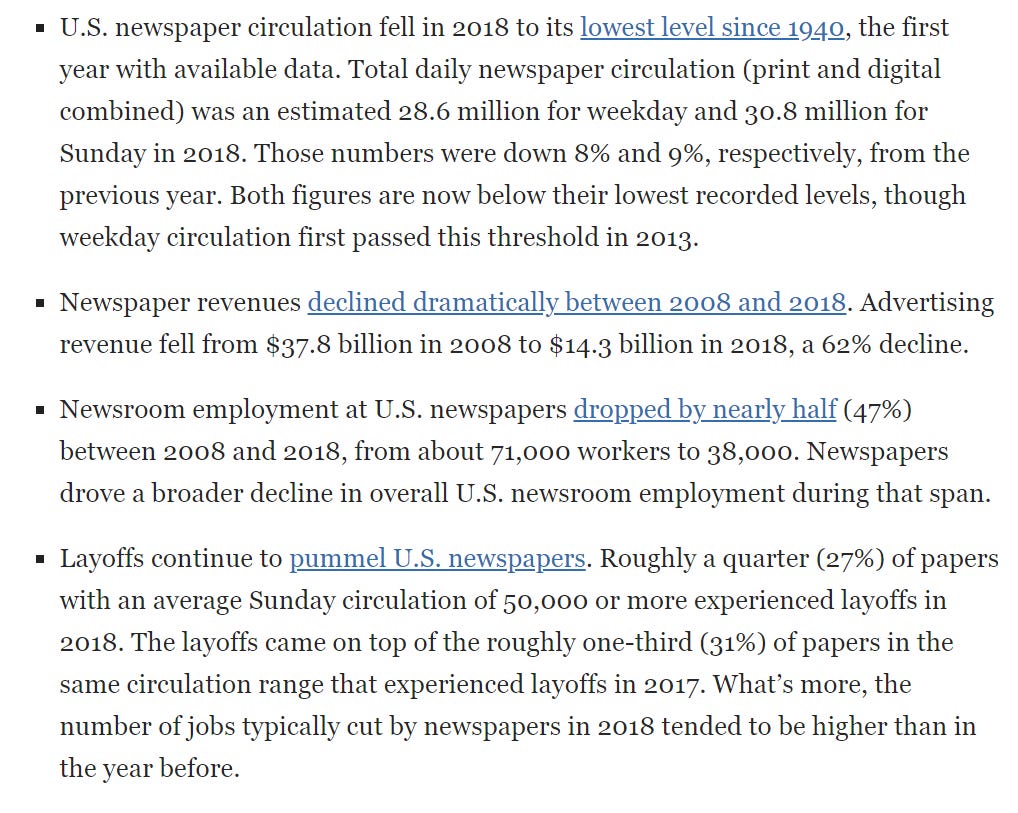Now that the 2020 figures have been properly tallied, there’s still no convincing evidence that strict lockdowns reduced the death toll from Covid-19. But one effect is clear: more deaths from other causes, especially among the young and middle-aged, minorities, and the less affluent.
The best gauge of the pandemic’s impact is what statisticians call “excess mortality,” which compares the overall number of deaths with the total in previous years. That measure rose among older Americans because of Covid-19, but it rose at an even sharper rate among people aged 15 to 54, and most of those excess deaths were not attributed to the virus.
Some of those deaths could be undetected Covid-19 cases, and some could be unrelated to the pandemic or the lockdowns. But preliminary reports point to some obvious lockdown-related factors. There was a sharp decline in visits to emergency rooms and an increase in fatal heart attacks due to failure to receive prompt treatment. Many fewer people were screened for cancer. Social isolation contributed to excess deaths from dementia and Alzheimer’s.
Researchers predicted that the social and economic upheaval would lead to tens of thousands of “deaths of despair” from drug overdoses, alcoholism, and suicide. As unemployment surged and mental-health and substance-abuse treatment programs were interrupted, the reported levels of anxiety, depression, and suicidal thoughts increased dramatically, as did alcohol sales and fatal drug overdoses. The number of people killed last year in motor-vehicle accidents in the United States rose to the highest level in more than a decade, even though Americans did significantly less driving than in 2019. It was the steepest annual increase in the fatality rate per mile traveled in nearly a century, apparently due to more substance abuse and more high-speed driving on empty roads.
The number of excess deaths not involving Covid-19 has been especially high in U.S. counties with more low-income households and minority residents, who were disproportionately affected by lockdowns. Nearly 40 percent of workers in low-income households lost their jobs during the spring, triple the rate in high-income households. Minority-owned small businesses suffered more, too. During the spring, when it was estimated that 22 percent of all small businesses closed, 32 percent of Hispanic owners and 41 percent of black owners shut down. Martin Kulldorff, a professor at Harvard Medical School, summarized the impact: “Lockdowns have protected the laptop class of young low-risk journalists, scientists, teachers, politicians and lawyers, while throwing children, the working class and high-risk older people under the bus.”
The deadly impact of lockdowns will grow in future years, due to the lasting economic and educational consequences. The United States will experience more than 1 million excess deaths in the United States during the next two decades as a result of the massive “unemployment shock” last year, according to a team of researchers from Johns Hopkins and Duke, who analyzed the effects of past recessions on mortality. Other researchers, noting how educational levels affect income and life expectancy, have projected that the “learning loss” from school closures will ultimately cost this generation of students more years of life than have been lost by all the victims of the coronavirus.
After the pandemic began in March, the number of excess deaths in the United States rose for all American adults. During the summer, as the pandemic eased, the rate of excess mortality declined among older Americans but remained unusually high among young adults. When statisticians at the Centers for Disease Control totaled the excess deaths for age groups through the end of September, they reported that the sharpest change—an increase of 26.5 percent—occurred among Americans aged 25 to 44.
That trend persisted through fall, and most of the excess deaths among younger people were not linked to the coronavirus, as researchers from the University of Illinois found by analyzing excess deaths from March through the end of November. Among Americans aged 15 to 54, there were roughly 56,000 excess deaths, of which about 22,000 involved Covid-19, leaving 34,000 from other causes. The Canadian government also reported especially high mortality among Canadians under 45: nearly 1,700 excess deaths from May through November, with only 50 of those deaths attributed to Covid-19.








 of
of